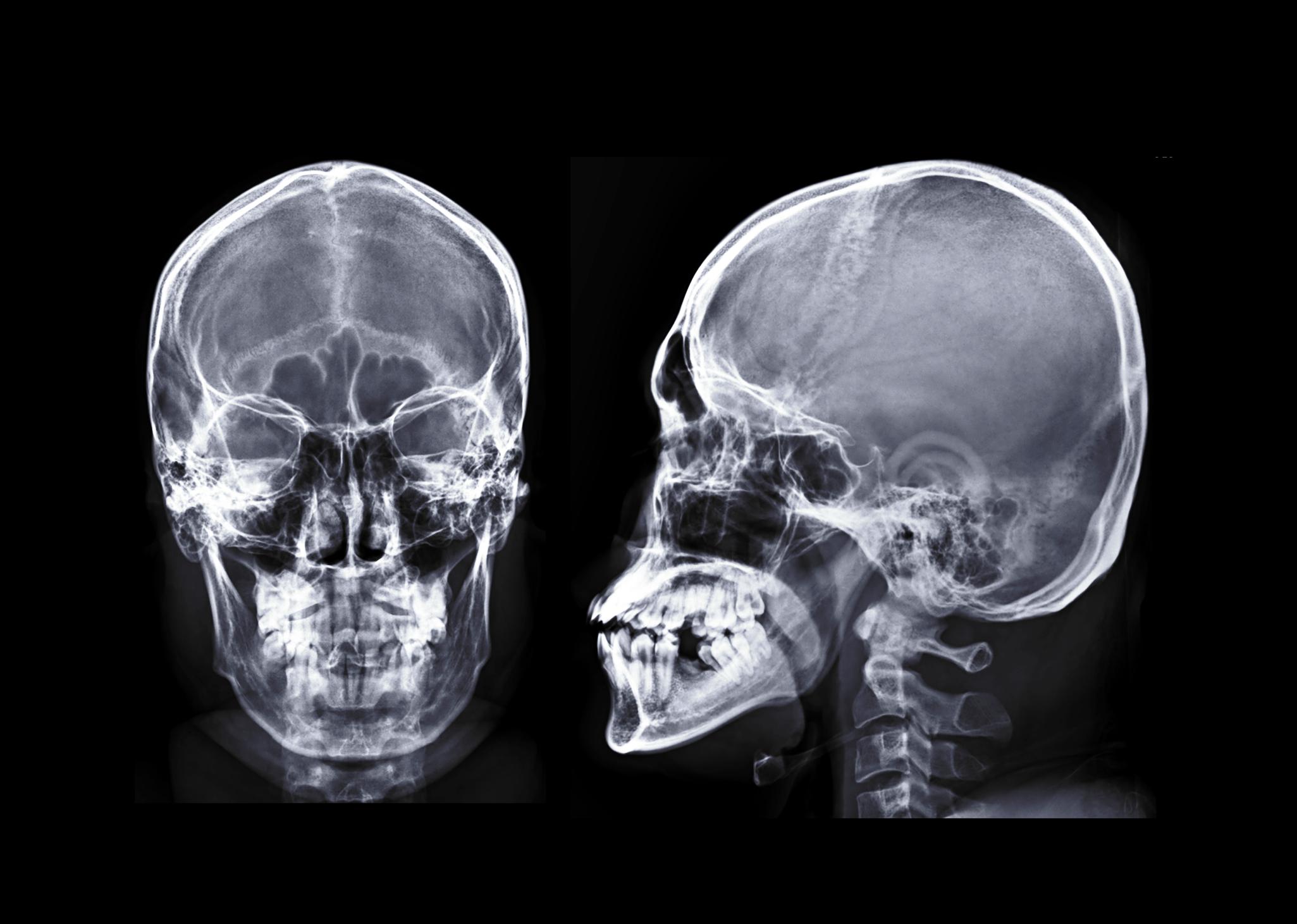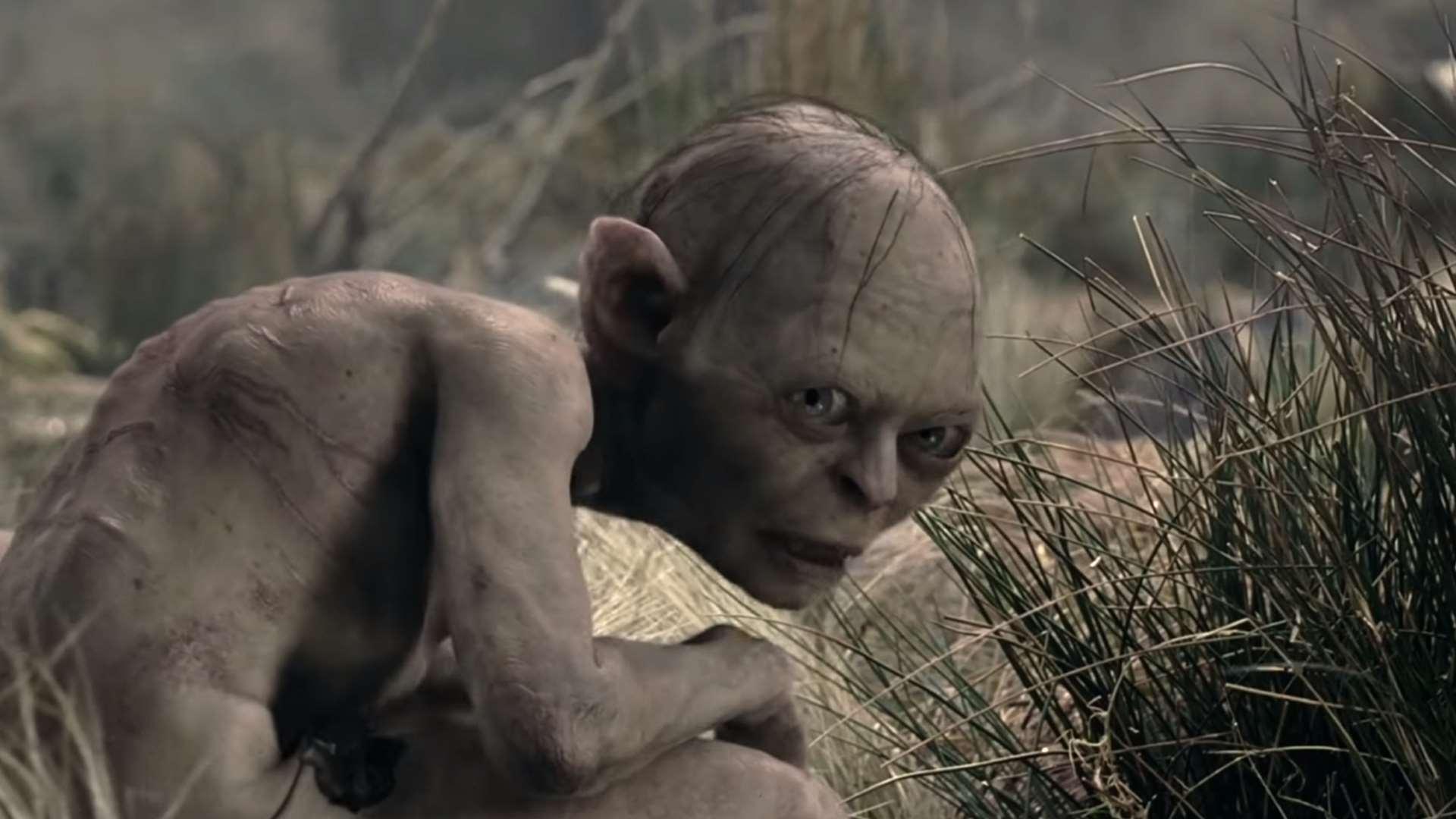Young People Are Growing Horns in the Back of Their Heads Because of Mobile Phone Use
Updated June 19 2019, 2:11 p.m. ET

As I type this right now, my laptop is on my lap (where it's supposed to be, based on its name), and my head is pointed downward to look at the screen. If I'm being completely honest, my current posture is not great. According to new findings, hunching over like this for extended periods of time is the new norm for many younger people.
And that's why we're growing horns in the back of our heads.
For the last decade, David Shahar, a health scientist at the University of The Sunshine Coast in Australia, has been noticing more and more of his patients "have this growth on the skull," he told the BBC. This is not a joke. It's a "spike-like feature," also known as an "external occipital protuberance," also known as a frickin' horn, and it can be found at the lower back of the skull, just above the neck.
Go ahead, reach around there and touch your skull. If you have one, you'll feel it.

According to the BBC, this type of growth has been considered extremely rare...until now. These are "the kind of spurs normally seen in hunched-over elderly people who've subjected their bodies to long-term poor posture and significant stress loads on their bones," writes Shannon Molloy for news.com.au. And now they're being found at an alarming rate in people between the ages of 18 and 30. Great.
Shahar and his colleague analyzed over 1,000 X-rays of skulls of people from ages 18 to 86. These spikes were way more prevalent than they expected, and far too common in the younger set. About one in four people between the ages of 18 and 30 had the growth.
Why is this happening at such an alarming rate? Shahar thinks it's because of modern technology. Our attachment to our smartphones and tablets means we hunch over them like Gollum from The Lord of the Rings all day every day, craning our necks and holding our heads forward, obsessed with our precioussssss.
This is a problem because, according to the BBC, "the average head weighs around 10 pounds — about as much as a large watermelon." That's a lot of strain we're putting on our bodies.

Have you ever heard of "text neck"? It's truly a modern problem. Some people experience pain when they lean forward to look at their phones for so long. Shahar believes that this extra pressure we're placing on the spot where the neck muscles attach to the skull is causing our bodies to lay down more layers of bone, which help the skull by spreading the weight of that pressure over a wider area.
The result? Human horns. "This is evidence that musculoskeletal degenerative processes can start and progress silently from an early age," Dr. Sharar said. "These findings were surprising because typically they take years to develop and are more likely to be seen in the aging population."

But people have been hunching over for centuries! Over books, over magnifying glasses... Why are we only seeing this immense change happen so rapidly now? One theory is that we spend so much more time on our phones than people ever used to reading books or hunched over in similar positions. According to the BBC, even as recently as 1973, the average American read a book for about two hours a day.
The average time we spend on our phones today is nearly double that, not to mention all the people who now spend their entire workday huddled over a computer.
The biggest surprise in all this for Dr. Shahar was just how big these skull horns can get. "It is important to understand that, in most cases, bone spurs measure a few single millimeters and yet we found projections of 10 to 30 millimeters in the studied young population," he said. And according to him, these spikes aren't going to go away anytime soon. In fact, they're probably going to get bigger.

"Imagine if you have stalactites and stalagmites," he said. "If no one is bothering them, they will just keep growing." So, sure, one day, humans might be born with pointy spikes protruding out of the bottom of their heads. That's something I definitely didn't see coming.
To be clear, it's not the spikes themselves that are the problem. So what if we develop horns? The issue lies in the underlying problem: our terrible posture, which, Dr. Shahar says "can be corrected quite simply." So, here's a tip. Put your phone down, stand up straight, and prevent your skull from growing its own horn. Advice for the 21st century.